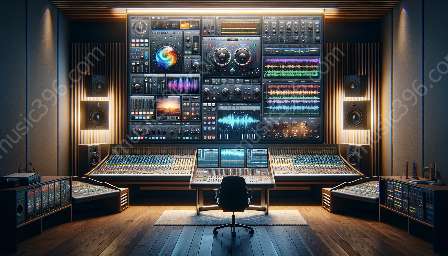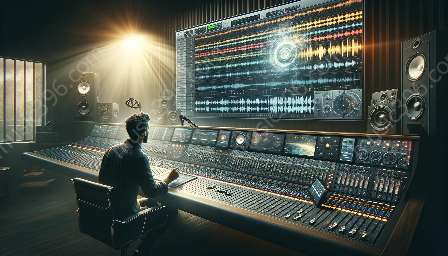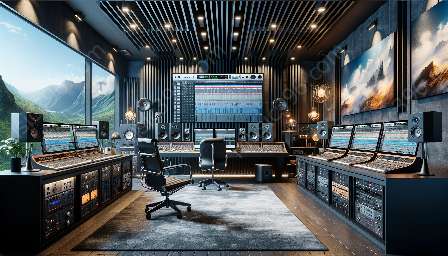Audio effects play a crucial role in the mixing and mastering processes within digital audio workstations (DAWs). In this comprehensive topic cluster, we will delve into the impact of basic audio effects on these processes, exploring their functions, techniques, and their influential role in achieving professional sound production.
Understanding Basic Audio Effects
Before delving into their impact on mixing and mastering, it's essential to understand the basic audio effects commonly used in DAWs. These include EQ (Equalization), compression, reverb, delay, and modulation effects such as chorus and flanger. Each effect serves a distinct purpose in manipulating, enhancing, or shaping the audio signal.
Impact on Mixing
Basic audio effects have a significant impact on the mixing process. EQ, for example, allows the engineer to adjust the frequency content of individual tracks and shape the overall tonal balance of the mix. Compression helps control the dynamic range of instruments, ensuring a consistent and balanced sound. Reverb and delay add spatial depth and movement, creating a sense of ambiance within the mix.
Furthermore, modulation effects like chorus and flanger can add character and dimension to instruments, contributing to a more lively and engaging mix. Understanding how to effectively apply these effects is crucial for achieving clarity, depth, and cohesion in the mix.
Role in Mastering
When it comes to mastering, basic audio effects are used to refine and polish the final mix. EQ is employed to make subtle tonal adjustments and correct any frequency imbalances. Compression helps to glue the mix together, enhancing the overall coherence and impact of the music. Additionally, subtle use of reverb and other spatial effects can further enhance the depth and presence of the mastered track.
Understanding the role of basic audio effects in mastering is essential for achieving a final master that is competitive in terms of clarity, loudness, and overall sound quality.
Techniques and Best Practices
Applying basic audio effects effectively requires a deep understanding of their technical parameters and best practices. For example, understanding different EQ curves and how they affect the tonal balance of an instrument or a mix is crucial. Knowing when to use gentle compression versus heavy compression, and how to set the attack and release times, is essential for achieving a balanced and dynamic mix.
Moreover, understanding the principles of time-based effects like reverb and delay, and their impact on the perceived depth and spaciousness of a mix, is crucial for creating a professional and immersive sound. Through this topic cluster, we will explore these techniques and best practices in detail, providing insights into how to use basic audio effects in DAWs effectively.
Influence on Sound Production
The impact of basic audio effects on mixing and mastering processes is undeniable. They have a profound influence on the overall sound production, from shaping individual tracks to creating a cohesive and polished final mix. Understanding how to harness the power of these effects is essential for producers, engineers, and artists striving for professional and impactful sound production.
Conclusion
In conclusion, the impact of basic audio effects on mixing and mastering processes in DAWs is fundamental to achieving high-quality sound production. By understanding the functions, techniques, and best practices associated with these effects, producers and engineers can elevate their mixes and masters to new heights of clarity, depth, and impact. Through this topic cluster, we aim to provide valuable insights and guidance for utilizing basic audio effects in DAWs effectively, empowering creators to optimize their sound production processes.









